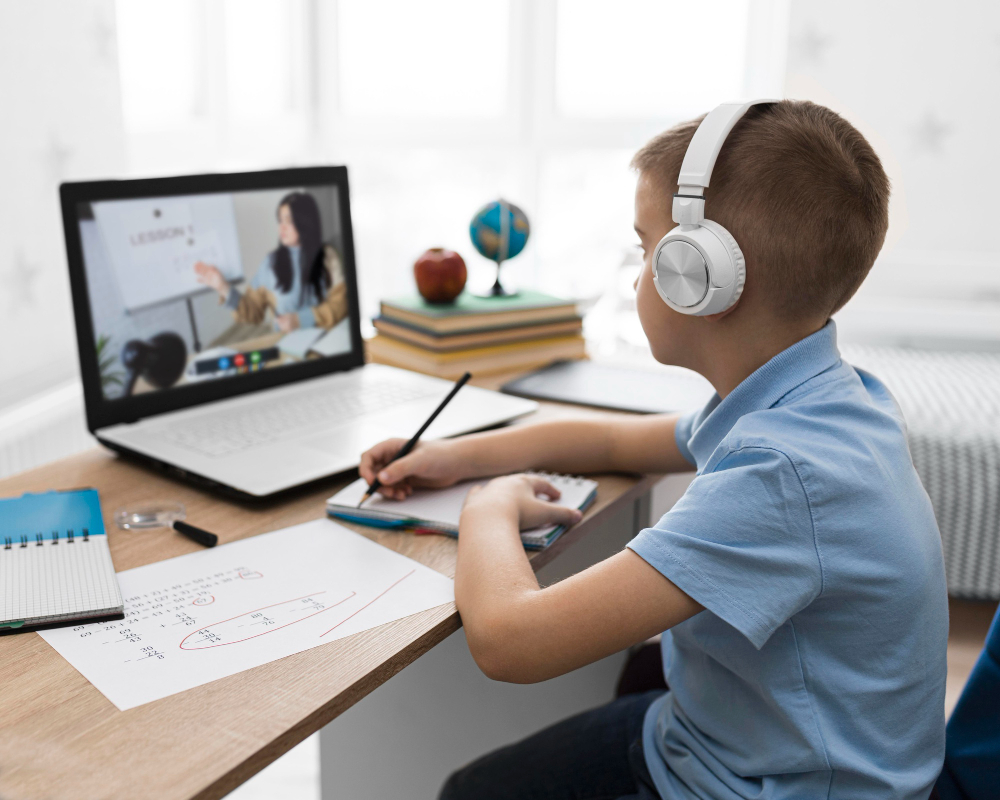With the rapid advancements in technology and education, the question is no longer “traditional or online learning?” The new direction is the integration of both models to create a comprehensive and balanced educational environment known as hybrid learning.
But what exactly is this model? What are its benefits? And what challenges might arise in implementing it?
What Is Hybrid Learning?
Hybrid learning is an educational model that combines in-person classroom instruction with online learning through digital platforms, where each component complements the other instead of replacing it. Students may attend some classes physically while participating in others online or engaging in digital activities that support in-class learning.
Benefits of Combining Both Models
1. Greater Flexibility for Students and Teachers
Hybrid learning allows for more flexible scheduling, helping learners balance their studies with other life commitments.
2. Enhanced Engagement and Participation
Students can use interactive tools available in digital environments such as real-time quizzes and discussion forums, which encourage active participation—even outside the classroom.
3. Support for Diverse Learning Styles
Every student learns differently. Hybrid education offers varied content formats (videos, texts, interactive exercises) that cater to multiple learning preferences.
4. Improved Access to Resources
Through online platforms, students can access a wide range of educational materials, including recorded lectures, digital libraries, and global courses.
Challenges of Hybrid Education
Digital Divide: Not all students have access to reliable internet or suitable devices.
Teacher Training: Educators need to develop new skills to teach effectively in a hybrid environment.
Time Management: Effective planning is essential to make the most of both learning modes.
The Future of Hybrid Education
Projections suggest that hybrid learning will become the standard model of education in the future, especially in higher education and professional training. As digital tools continue to evolve, the integration of traditional and online learning will become more seamless and efficient.
The integration of traditional and online education is not just a temporary solution brought on by circumstance—it's a strategic shift in how knowledge is delivered. It's a model that places the learner at the center and creates an environment more adaptable to today’s challenges and tomorrow’s demands.



